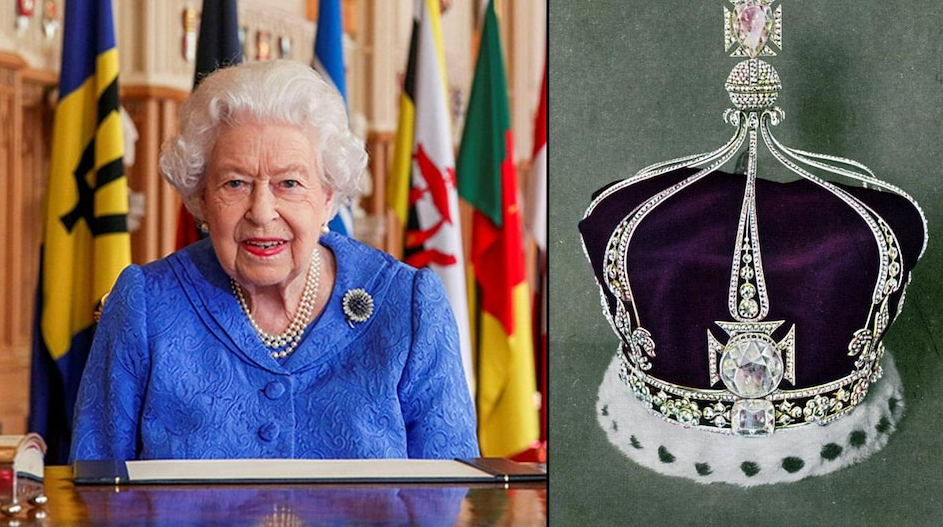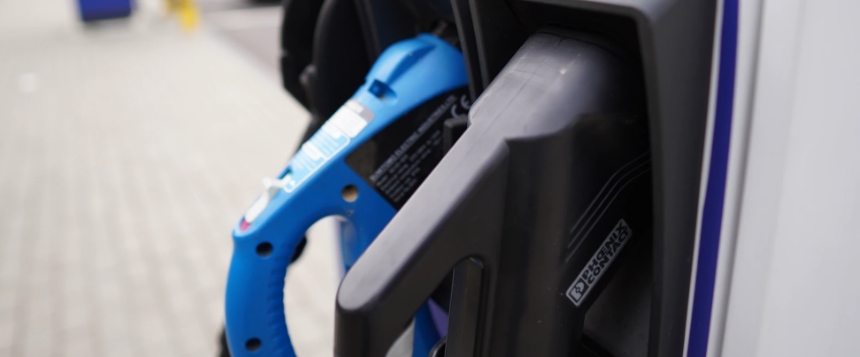
The centuries-long journey of Kohinoor to the crown of Queen Elizabeth II, and now Camilla
The Kohinoor that has its origins in India but is in the possession of the UK royal family, was one of the top – but ill-timed – trends following the demise of Queen Elizabeth II. The call for the royals to return the Kohinoor to India has only grown louder after the passing away of the longest-reigning monarch. The Kohinoor that is set in the crown will go to Camilla, the Duchess of Cornwall, as Prince Charles is crowned King, and she becomes the Queen consort. There has been much debate and discussions on the return of the Kohinoor. While the British government does not think there is any legal ground for the restitution of the diamond, the Indian government had made attempts to negotiate for the return of the diamond. It initially said that the Kohinoor was taken away from Maharaja Duleep Singh but later reviewed its claim to say that it cannot be categorised as an object stolen but gifted as compensation. Shashi Tharoor, for one, has said in his book, An Era of Darkness, as part of reparations for colonialism, the British must take certain measures, including the returning to the “loot”. He also said, “The diamond was formally handed over to Queen Victoria by the child Sikh heir Maharaja Duleep Singh, who simply had no choice in the matter. As I have pointed out in the Indian political debate on the issue, if you hold a gun to my head, I might ‘gift’ you my wallet — but that doesn’t mean I don’t want it back when your gun has been put away.” Journey of Kohinoor The diamond is believed to have been mined near Guntur, which is currently in the state of Andhra Pradesh, by the Kakatiya dynasty in the 1100-1300. In 1310, Delhi Sultan Alauddin Khilji is believed to have acquired the diamond from the Kakatiya dynasty after the siege of Warangal. Cut to 1526, when Mughal Emperor Babur had the Kohinoor in his possession following the conquest of Delhi and Battle of Panipat. The Kohinoor finds mention in Baburnama. Then sometime in the 17th century, Shah Jahan, placed the Kohinoor into his ornate Peacock Throne at the Diwan-i-Khas in Red Fort. Source: BusinessToday #Kohinoor
- 1
- 0
- ₹0



















